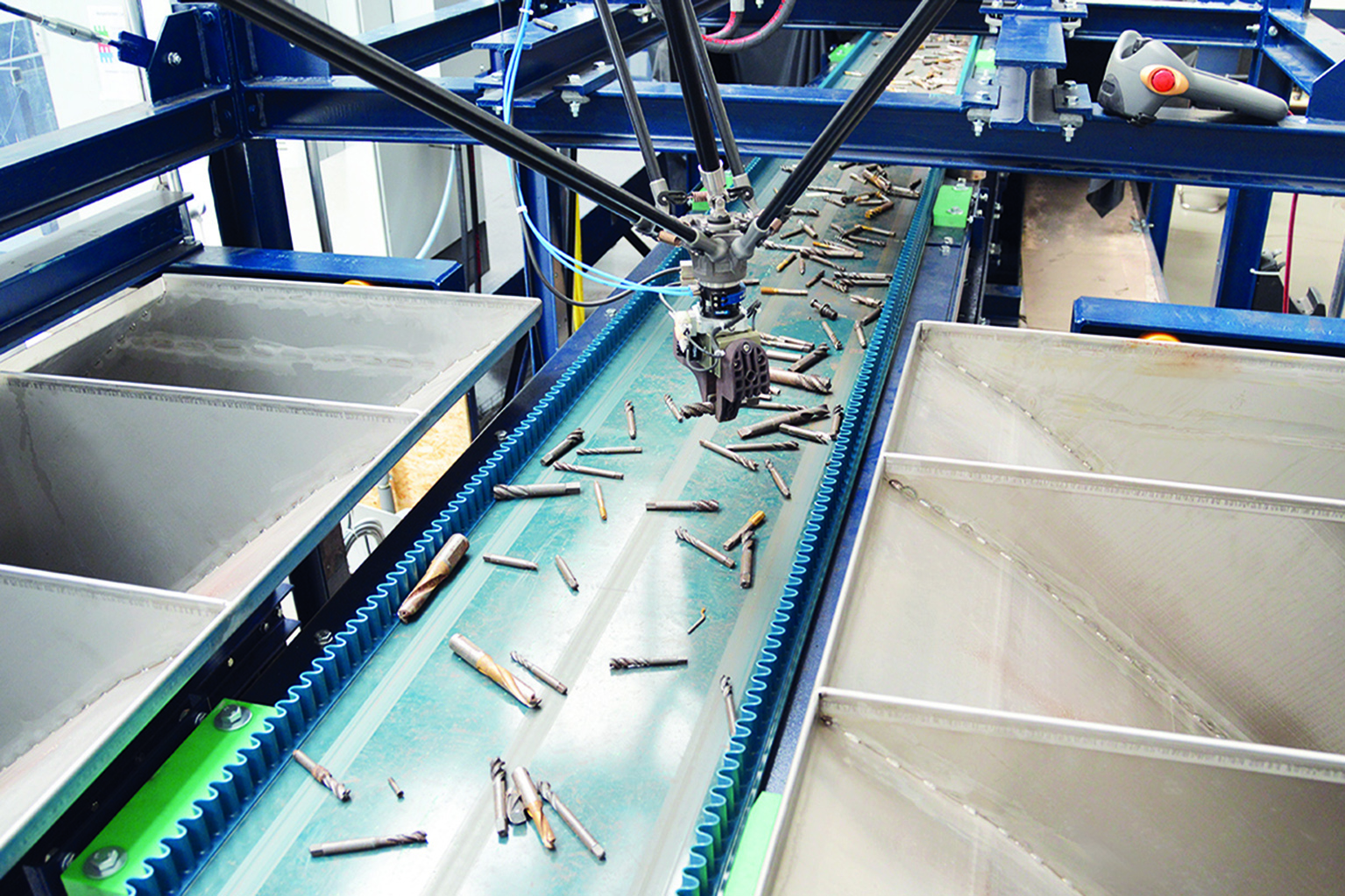There are clear advantages of recycling: Used metal scrap that can no longer be used, such as pipes, sheet metal, tools, old cables, electrical and electronic scrap and old parts from households or demolition, can be melted down, sorted by metal or alloy, and reused with virtually no loss of quality. Due to the high value of the materials, the process ideally pays for itself – and produces significantly less CO2 than the primary process: The expensive, technically complex extraction of mineral resources under sometimes highly critical conditions, as well as their transport to destinations around the globe, is no longer necessary.
The crux of the matter is that both the price and availability of metal scrap and its recycling rate depend on numerous mutually dependent factors. These include fluctuating prices on the primary market, the life cycle of products and their collection rate, losses in the process, technical recyclability and the value of the alloy in question. The global markets are correspondingly volatile. If the price of primary metals rises, the availability of scrap falls, and vice versa. This entails high risks for companies.
Greater yield thanks to lasers
Against this backdrop, the Fraunhofer Institute for Laser Technology (Fraunhofer ILT), together with Cronimet Ferroleg from Karlsruhe, Germany, has developed a novel laser-based sorting process. The sensor technology, developed as part of the PLUS project funded by the German Federal Ministry of Education and Research (BMBF), makes the detection and sorting of alloys in metal scrap much faster and more accurate. In 2020, the pilot plant was put into operation at the Cronimet-Ferroleg site in Karlsruhe and has performed remarkably well. Among other things, it is designed to process high-speed steels, or HSS for short.
“HSS tools contain valuable alloying elements such as cobalt and can be found in any hardware store. For example, in drills or milling heads,” says Dr. Cord Fricke-Begemann, who is responsible for materials analysis at Fraunhofer ILT and led the PLUS project with the support of PhD student Fredrik Schreckenberg.
Common processes are limited to the laborious manual measurement of a few alloys. On the other hand, laser-induced breakdown spectroscopy (LIBS), developed at Fraunhofer ILT and used in PLUS, is a technology that can identify more than 20 special alloys even in small scrap parts – automatically, quickly and without contact. “In a very short amount of time, we can process more scrap and achieve higher grade purity,” says Fricke-Begemann. “In this way, we are building an important bridge between research and industry.”
Future technology for Europe
As part of the EU project “Retrofitting Equipment for Efficient Use of Variable Feedstock in Metal Making Processes” (REVaMP), which was launched in 2020, Fraunhofer ILT is now contributing its expertise in the field of material analysis at the European level. The project, which is scheduled to run for three and a half years, is supported by an international alliance of companies and research institutes from Spain, Poland and Germany. “The goal is to put the knowledge gathered in the PLUS project on a universal basis, regardless of the alloys involved,” says Fricke-Begemann. “We want to build a sensor that can be installed in existing industrial plants to make the recycling process fundamentally more efficient.”
What are the composition and properties of the alloys to be recycled? How much lead does the delivered material contain? When does a material become molten and how much energy needs to be added? These questions are the focus of REVaMP and are to be answered more precisely in the future. If successful, this would be a significant contribution to making Europe more independent of the global raw materials markets – and to decisively improving the resource efficiency of its companies.











